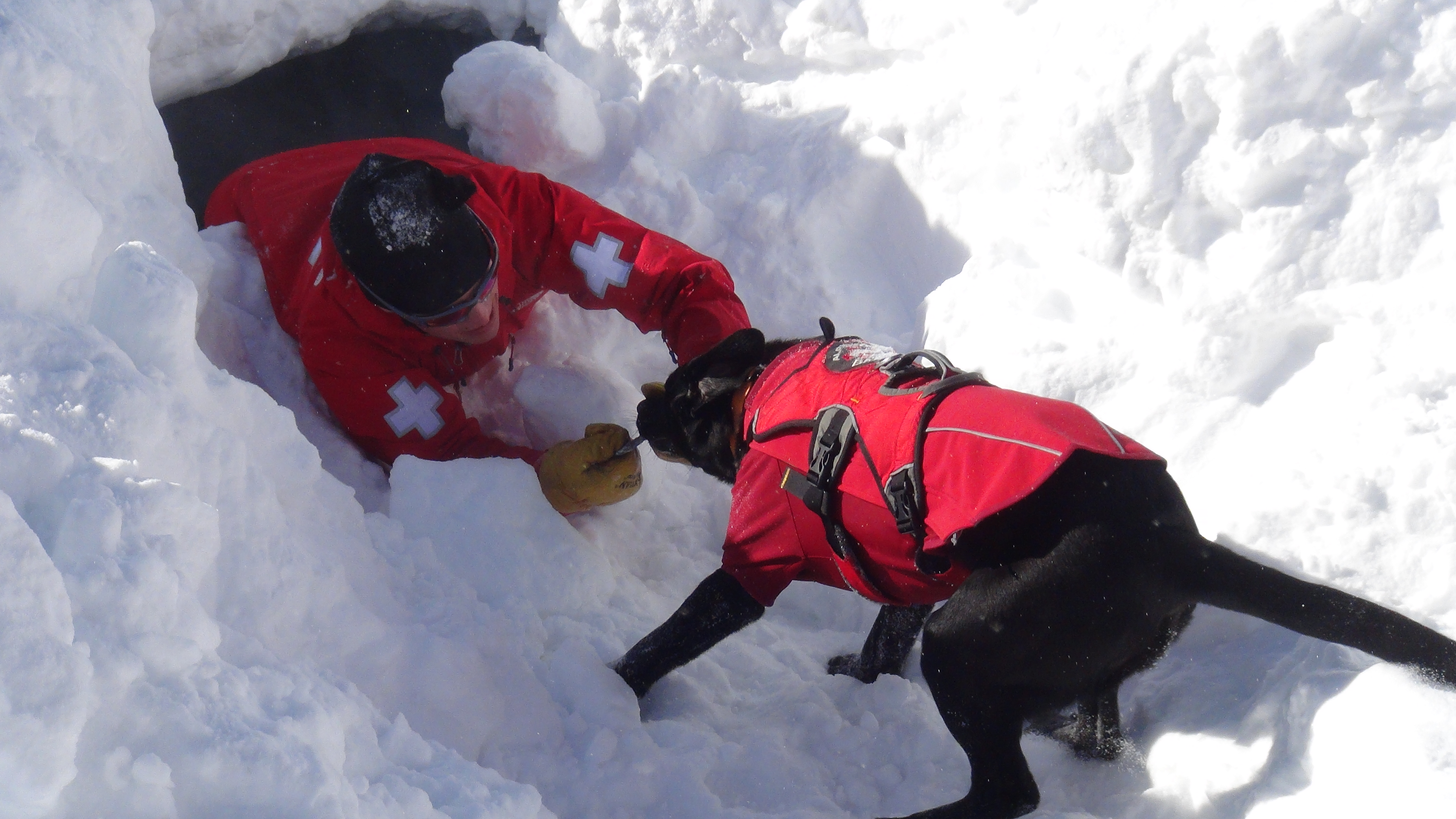
Mt Kalmont
Ride Hard! Ride Safe!

Ride Hard! Ride Safe!

It can happen in an instant. One minute you're snowmobiling or skiing across a slope with a friend, enjoying the scenery and the crisp mountain air, when suddenly an avalanche tears the ground out from beneath you. You're okay, but your friend is nowhere to be found. If someone is buried in an avalanche, time is of the essence. You must attempt to rescue the victim immediately, because by the time rescuers arrive, it is usually too late.
On Tuesday, officials confirmed two Alberta snowmobilers died Monday in an avalanche near an unnamed peak about 30 kilometres southwest of Blue River....
Hypothermia I - II (responsive)
Hypothermia III(unresponsive)
Hypothermia IV (cardiocirculatory arrest)